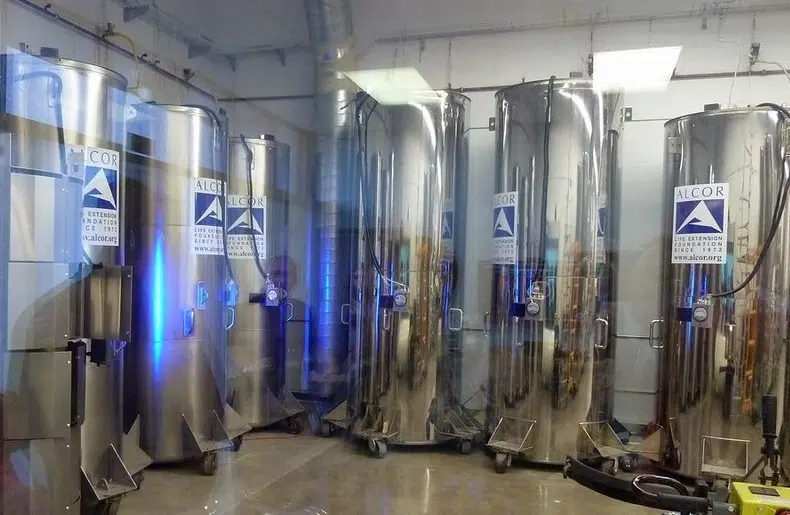
A Greek entrepreneur created the first body-freezing facility in Australia aiming to resurrect the dead in the future.
Peter Tsolakides, who became interested in cryonics after reading Robert Ettinger’s book The Prospect of Immortality in the late 60s, founded Southern Cryonics to try to turn this idea into reality.
Cryonics, coming from the Greek word “krýos” for “icy cold,” involves the preservation of legally declared dead bodies at extremely low temperatures for potential future revival.
Southern Cryonics says that the procedure is the best option left when medicine can no longer help. “Cryonics patients are stored at very low temperature until medical science advances enough to be able to heal them, however long that takes, and they can resume their lives.”
The facility in Holbrook, New South Wales, uses this practice, with the expectation that one day, advancements in “medical technology and science” will “restore patients to health and in the young body.”
Tsolakides worked in the marketing organization of a major international oil company for over 30 years, with 24 years of overseas assignments including Thailand, Singapore, Japan and the US. But, his goal now is to make cryonics more accessible and widespread.

He recently told Daily Mail Australia that when passes away, he also plans for his body to be frozen so he may one day come back to life.
A common criticism of cryonics is that there is no guarantee that one will be revived in the future, which Tsolakides acknowledged. “There are no guarantees in cryonics, everybody is aware of that, especially those who sign up for the service,” he said.
“But I’d rather have a five percent possibility (of being revived) than zero percent.”
Speaking to Neos Kosmos, he revealed that currently 50 people, are willing to take the risk for a chance at life after death, and the number “is growing.”
This group consists of 35 “investors” each contributing $50,000 to $70,000, and 15 “subscribers” or “customers” who have paid $150,000 through life insurance.
Body freezing is a controversial and untested procedure
People can be frozen after death, but no one has ever been successfully revived.
Scientists say that there are major hurdles in the process including the fact that freezing damages cells, and we don’t know how to repair that damage well enough to bring someone back. Additionally, the brain’s complex structure might be especially vulnerable.
Critics argue that the chances of successfully reviving someone preserved through cryonics are extremely low, if not impossible, given our current understanding of biology and technology. Additionally, the long-term stability of cryonically-preserved bodies and the feasibility of future revival remains uncertain.
However, proponents of cryonics believe that advancements in nanotechnology, biotechnology, and medical science could one day make revival possible.
They argue that while cryonics is currently speculative, it represents a form of “medical optimism” that holds the potential to extend human life and overcome mortality.
Several companies offer cryonics services. The largest is Alcor Life Extension Foundation which claims to have the most advanced technology.
Others include the Cryonics Institute, a non-profit organization that provides cryopreservation for members, and KrioRus which is the first cryonics company in Eurasia, founded in Russia.
Related: Jeff Bezos Wants to Never Get Old; Invests in Anti-Aging Company
See all the latest news from Greece and the world at Greekreporter.com. Contact our newsroom to report an update or send your story, photos and videos. Follow GR on Google News and subscribe here to our daily email!



